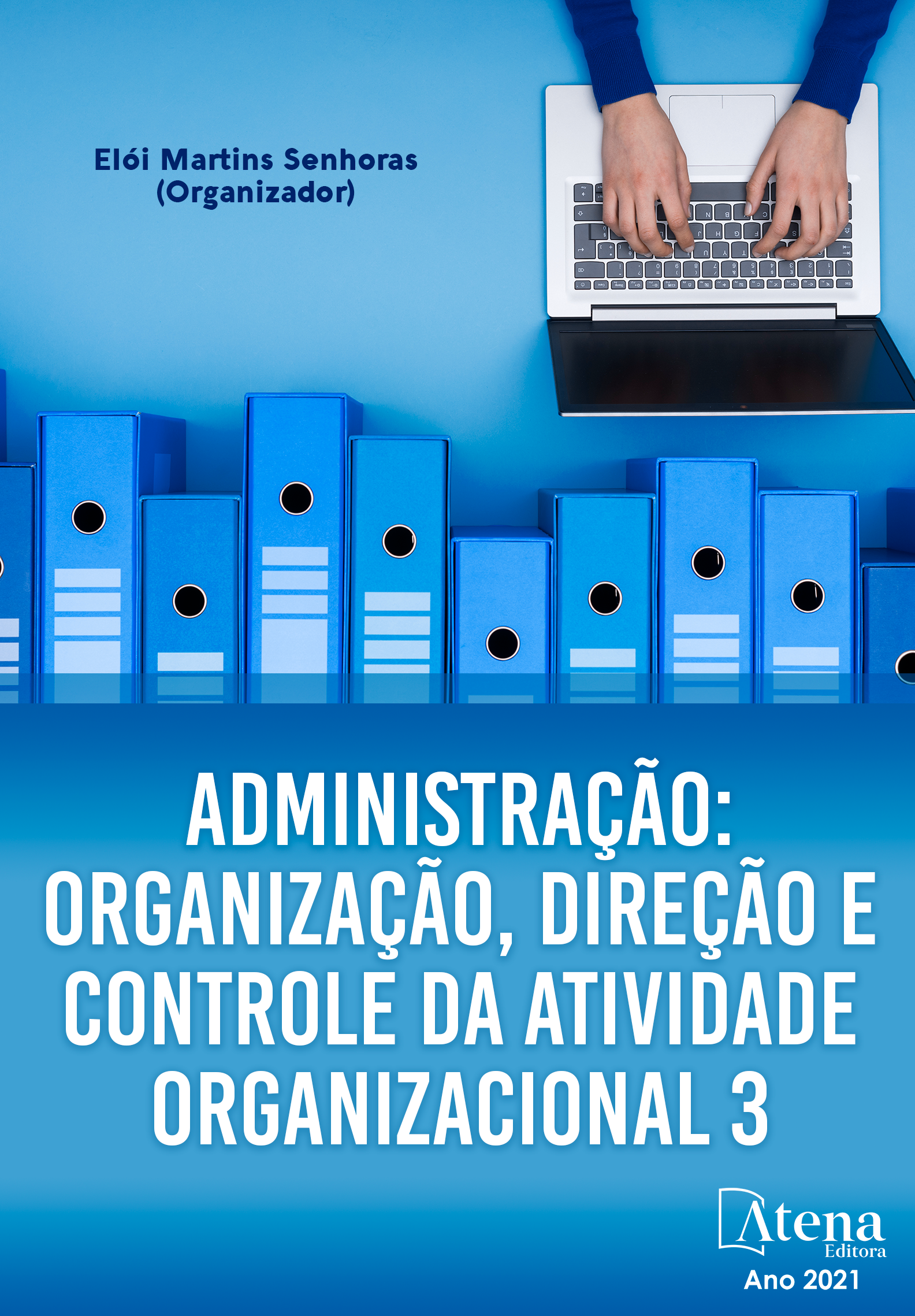
Modelamiento estadístico para la toma de decisiones de requerimiento de necesidades de capacitación para el personal del régimen laboral del D.L. 276 y D.L. 1057 en los gobiernos locales del Perú
La investigación parte de la necesidad de conocer una metodología para determinar los requerimientos de necesidades de capacitación para la programación e implementación en todas las municipalidades del Perú, que bien podrían ser asumidos por la Escuela Nacional de Administración Pública u otra entidad del Estado a fin de cubrir dicha brecha, y poder promover la eficiencia y eficacia en las municipalidades del Perú. El objetivo general es determinar mediante modelos estadísticos y precisar el requerimiento de programas o cursos de capacitación para los trabajadores de las municipalidades del Perú pertenecientes a los regímenes laborales de los Decretos Legislativos 276 y 1057. La investigación pretende lograr una aproximación estadística mediante el tipo de investigación correlacional, tomando como referencia los Indicadores de Gestión Municipal 2019, referidos al personal de 1797 (95,9%) municipalidades que requieren capacitación para fortalecer las capacidades del personal en materias de su competencia de acuerdo a la Ley Orgánica de Municipalidades. Por tipo de municipalidad que requieren capacitación para el personal, se encuentran 189 (96,4%) municipalidades provinciales y 1608 (95,8%) distritales. Los resultados del modelamiento estadístico evidencian que las municipalidades ubican sus necesidades de capacitación en el siguiente orden de prioridad: Sistema de Focalización de Hogares, Gestión de Estándares para mejorar la atención al ciudadano, Acondicionamiento Territorial y Desarrollo Urbano, Estrategia de Gestión Financiera del Riesgo de Desastres, Catastro Urbano y Rural y en Planificación Estratégica Institucional con Enfoque de Género. En los tres modelamientos estadísticos se puede apreciar que existen correlaciones significativas y se muestran mediante coeficientes de determinación, los cuales indican que el requerimiento de necesidades de capacitación en las municipalidades tiene incidencia en la población de trabajadores de las municipalidades a nivel general en 78.6%, a nivel del D.L. 276 en 78.1%, y a nivel del D.L. 1057 en 78.6%.
Modelamiento estadístico para la toma de decisiones de requerimiento de necesidades de capacitación para el personal del régimen laboral del D.L. 276 y D.L. 1057 en los gobiernos locales del Perú
-
DOI: https://doi.org/10.22533/at.ed.3472109073
-
Palavras-chave: Modelamiento estadístico, toma de decisiones, necesidades de capacitación, personal, municipalidad.
-
Keywords: Statistical modeling, decision making, training needs, staff, municipality
-
Abstract:
The research is based on the need to know a methodology to determine the requirements of training needs for programming and implementation in all municipalities of Peru, which could well be assumed by the National School of Public Administration or another State entity in order to fill this gap, and be able to promote efficiency and effectiveness in the municipalities of Peru. The general objective is to determine through statistical models and specify the requirement of training programs or courses for workers in the municipalities of Peru belonging to the labor regimes of Legislative Decrees 276 and 1057. The research aims to achieve a statistical approximation through the type of correlational research, taking as a reference the 2019 Municipal Management Indicators, referring to the personnel of 1,797 (95.9%) municipalities that require training to strengthen the capacities of the personnel in matters of their competence according to the Organic Law of Municipalities. By type of municipality that require training for personnel, there are 189 (96.4%) provincial municipalities and 1608 (95.8%) district municipalities. The results of the statistical modeling show that the municipalities place their training needs in the following order of priority: Household Targeting System, Management of Standards to improve citizen service, Territorial Conditioning and Urban Development, Financial Risk Management Strategy of Disasters, Urban and Rural Cadastre and Institutional Strategic Planning with a Gender Approach. In the three statistical models it can be seen that there are significant correlations and they are shown by determination coefficients, which indicate that the requirement of training needs in the municipalities has an incidence in the population of workers of the municipalities at a general level in 78.6%, at the DL level 276 at 78.1%, and at the D.L. 1057 at 78.6%.
-
Número de páginas: 19
- MARIO AURELIO COYLA ZELA
- NAKADAY IRAZEMA VARGAS TORRES
- GENCIANA SERRUTO MEDINA
- JAROL TEÓFILO RAMOS ROJAS
- TEÓFILO LAURACIO TICONA
- SOLIME OLGA CARRIÓN FREDES
- ERIKA BLANCA MEDINA PINTO
- ROBERTO TITO CONDORI PÉREZ
- José Oscar Huanca Frias


